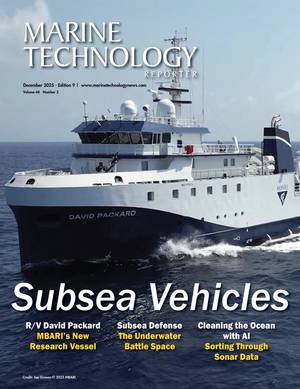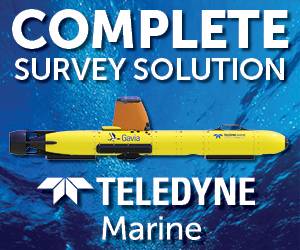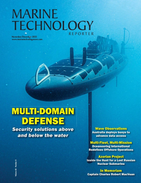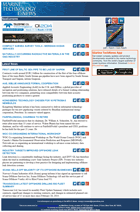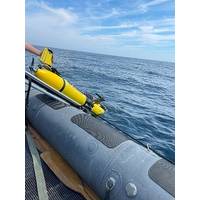
Teledyne Marine Awarded Long-Term Contract to Support REPMUS Exercises
.Contract Highlights:Long-term support for REPMUS exercises (2025–2028)Deployment and integration of autonomous marine vehiclesEnhanced UK-NATO interoperability and joint operational capabilitiesTeledyne Marine’s participation in REPMUS continues to demonstrate its leadership in unmanned maritime systems and its role in shaping the future of naval operations
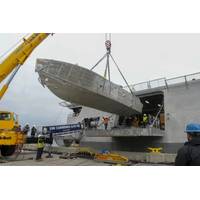
US Navy Announces First Mine Countermeasures Mission Package Embarked on USS Canberra
delivers to the Fleet a modernized and integrated MCM mission package that removes Sailors from the minefield and allows for the future retirement of legacy MCM ships,” said Capt. Matthew Lehmann, program manager of the LCS Mission Modules (PMS 420) program office.An integrated suite of unmanned maritime systems and sensors, the MCM mission package locates, identifies, and destroys mines in the littorals while increasing the ship’s standoff distance from the threat area. Embarked with the MCM mission package, an LCS or a vessel of opportunity can conduct the full spectrum of detect-to-engage
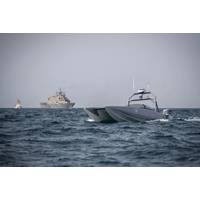
Unmanned Maritime Systems Development Accelerates
There is little question that world militaries see the value of unmanned systems to complement their manned counterparts. The wars in Iraq and Afghanistan accelerated the development of unmanned aerial systems and unmanned ground systems to meet urgent operational needs. Now, there is increasing interest in unmanned surface systems, resulting in their placement on an accelerated development path.Like their air and ground counterparts, these unmanned surface systems are valued because of their ability to reduce the risk to human life in high threat areas, to deliver persistent surveillance over areas
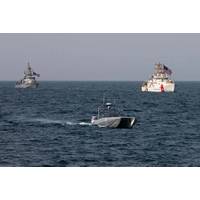
U.S. Navy: Unmanned Maritime Systems Development Accelerates
There is little question that world militaries see the value of unmanned systems to complement their manned counterparts. The wars in Iraq and Afghanistan accelerated the development of unmanned aerial systems and unmanned ground systems to meet urgent operational needs. Now, there is increasing interest in unmanned surface systems, resulting in their placement on an accelerated development path.Like their air and ground counterparts, these unmanned surface systems are valued because of their ability to reduce the risk to human life in high threat areas, to deliver persistent surveillance over areas
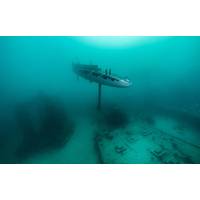
HII and Ocean Aero Partner to Expand Capabilities of Their Unmanned Systems
Aero pioneered the world’s first and only environmentally powered Autonomous Underwater and Surface Vehicle, the TRITON, which collects data both above and below the ocean’s surface and relays it to users from anywhere at any time. The companies are each involved in several unmanned maritime systems initiatives and exercises across the globe. Ocean Aero recently completed Digital Horizon, the U.S. Fifth Fleet Maritime Domain Awareness exercise in the Arabian Gulf, where HII’s REMUS vehicles (MK18 Mod 1 and MK18 Mod 2) have been deployed continuously since 2013.The HII-Ocean Aero
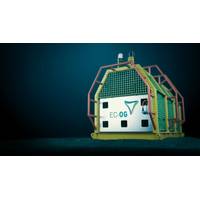
Bob Black Joins EC-OG Board
for the energy industry, has appointed Bob Black as a non-executive director on its Board. He will act as the Board representative of EC-OG’s investors Par Equity.Bob has 30 years of experience across the international oil and gas and defense industries, and was previously CEO of unmanned maritime systems software solutions provider, SeeByte. He holds a PhD in physics from the University of Edinburgh.Black is the second EC-OG Board appointment of this year, following the appointment of Bob MacDonald as chairman in January 2021.EC-OG said its core Intelligent Energy Management System (IEMS)
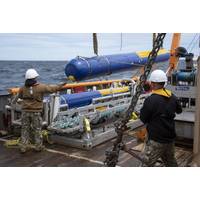
Subsea Defense: Navy Deepens Commitment to Underwater Vehicles
;“Only XLUUV is explicitly intended for pier deployment only. LDUUV is the largest UUV planned for host submarine integration from large ocean interfaces. While LDUUV could be pier deployed, that is not the default concept of operations,” said Capt. Pete Small, PMS 406 (Unmanned Maritime Systems), with PEO Unmanned and Small Combatants . “The Navy is cautious to not imply that unmanned vehicles will replace manned submarines. They may take on missions done by manned platforms today, but are intended to augment, not replace, manned platforms.”SmallThe Navy
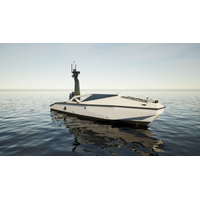
Metal Shark Developing Autonomous Vessel for US Marine Corps
U.S. Coast Guard had selected a 29-foot Sharktech autonomous test vessel equipped with autonomy by Boston-based technology developer Sea Machines for evaluation by the USCG Research and Development Center. In 2019, Metal Shark was selected by US Navy PMS 406 (Naval Sea Systems Command’s Unmanned Maritime Systems division) for the Unmanned Family of Systems Multi Award IDIQ, a blanket Navy contact covering multiple topics in the autonomous space. As a brand-agnostic technology integrator actively engaged with multiple developers in the unmanned space, Metal Shark’s Sharktech division has also
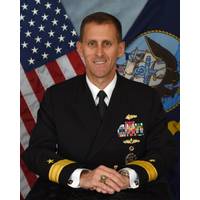
INTERVIEW: RDML John Okon, Commander, Naval Meteorology and Oceanography Command
Recently the United States Navy and NOAA signed an agreement to jointly expand the development and operations of unmanned maritime systems in the nation’s coastal and world’s ocean waters. RDML John Okon, Commander, Naval Meteorology and Oceanography Command, shares his insights on the direction and pace of the use of unmanned maritime systems for the Navy’s future.How and when you realized that yours would be a career dedicated to Oceanography?Interesting, I never started out to have a career in Oceanography, but rather in Broadcast Meteorology. At NY Maritime College
 December 2025
December 2025
